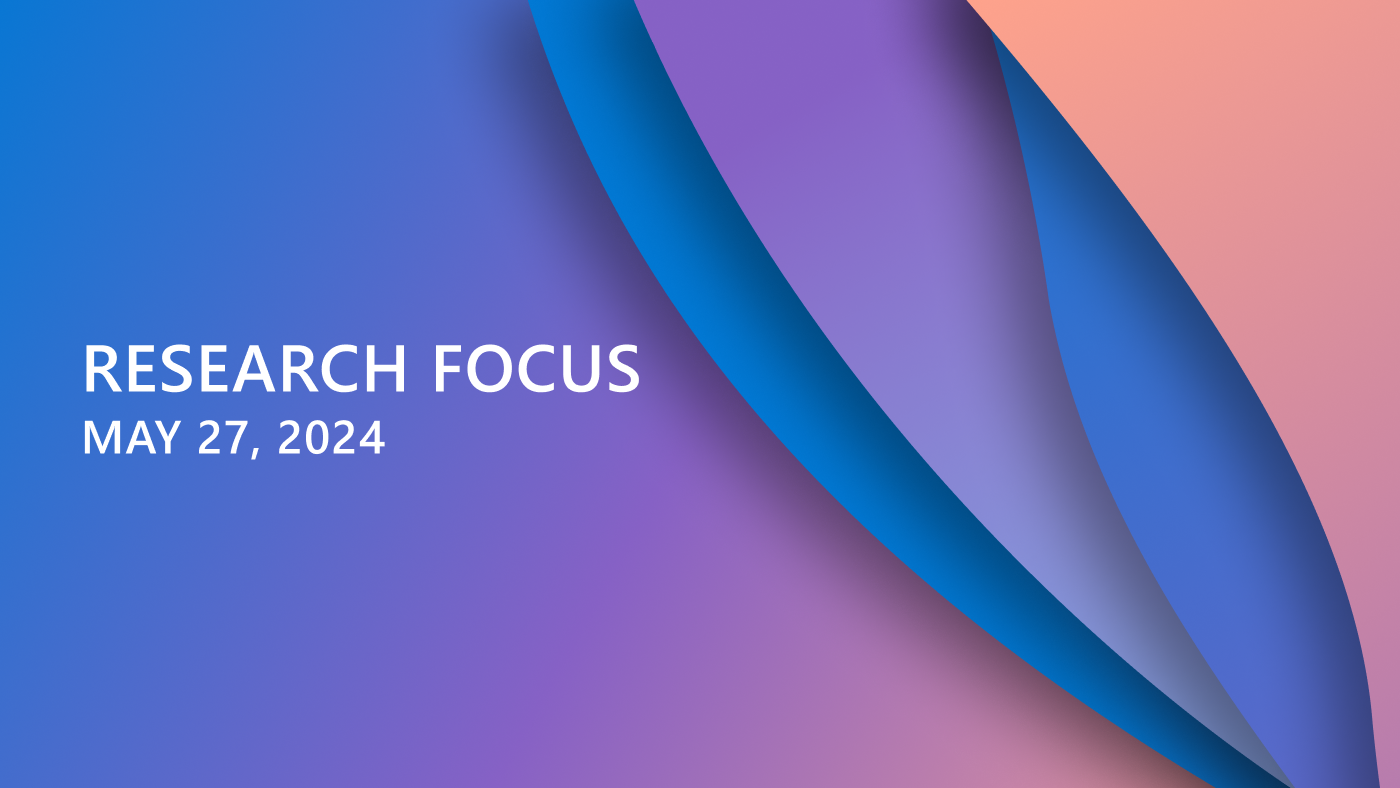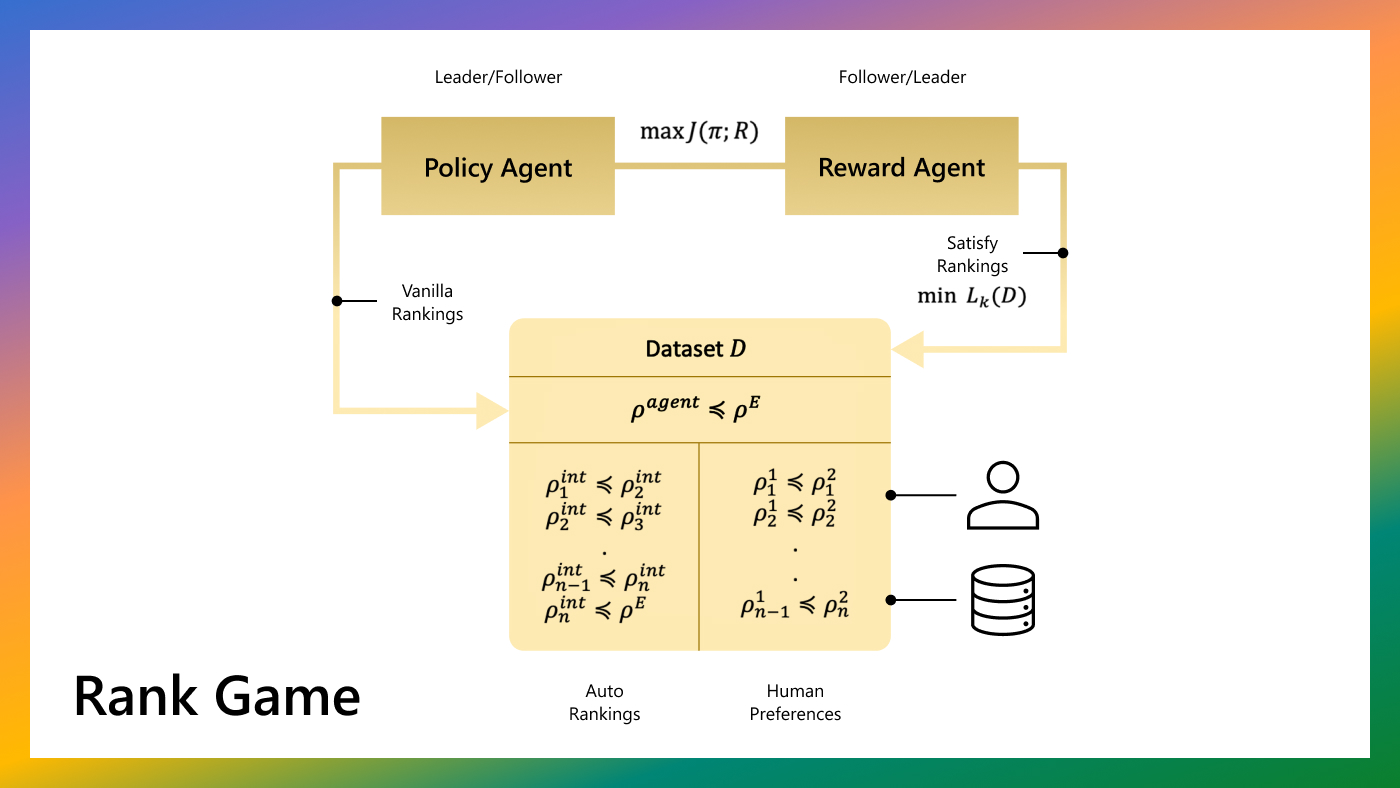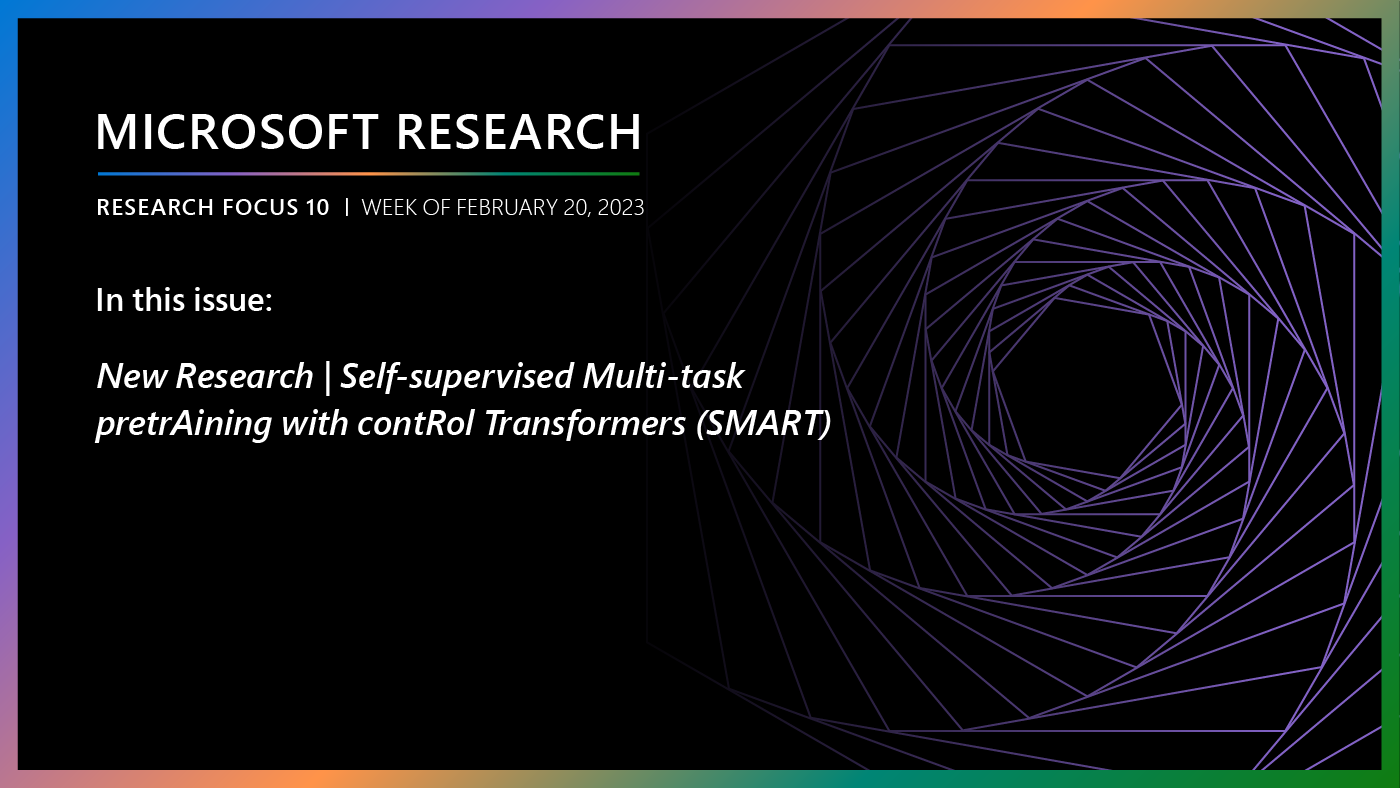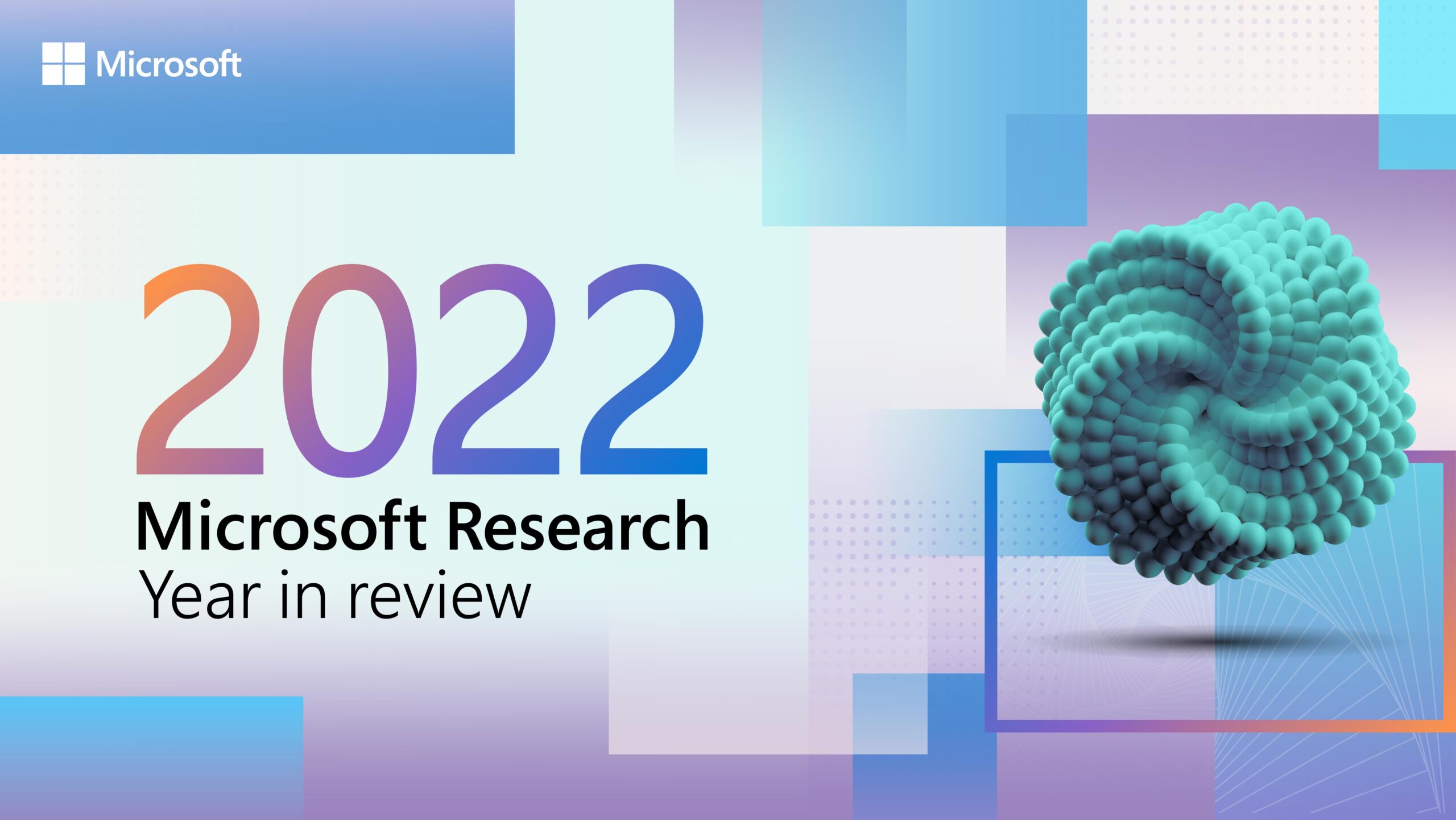Reinforcement learning is about agents taking information from the world and learning a policy for interacting with it, so that they perform better. So, you can imagine a future where, every time you type on the keyboard, the keyboard learns to understand you better. Or every time you interact with some website, it understands better what your preferences are, so the world just starts working better and better at interacting with people.
John Langford, Partner Research Manager, MSR NYC
Fundamentally, reinforcement learning (RL) is an approach to machine learning in which a software agent interacts with its environment, receives rewards, and chooses actions that will maximize those rewards. Research on reinforcement learning goes back many decades and is rooted in work in many different fields, including animal psychology, and some of its basic concepts were explored in the earliest research on artificial intelligence – such as Marvin Minsky’s 1951 SNARC machine, which used an ancestor of modern reinforcement learning techniques to simulate a rat solving a maze.
In the 1990s and 2000s, theoretical and practical work in reinforcement learning began to accelerate, leading to the rapid progress we see today. The theory behind reinforcement learning continues to advance, while its applications in real-world scenarios are leading to meaningful impact in many areas – from training autonomous systems to operate more safely and reliably in real-world environments, to making games more engaging and entertaining, to delivering more personalized information and experiences on the web.
Spotlight: On-demand video
Below is a timeline of advances that researchers and their collaborators across Microsoft have made in reinforcement learning, along with key milestones in the field generally.
Foundational work in reinforcement learning (1992-2014)
- In 1992, this paper (opens in new tab) and its Reinforce algorithm were instrumental in the development of policy optimization algorithms.
- This 1995 paper (opens in new tab) (and a later journal version (opens in new tab)) presented a novel approach to solving the “multiarmed bandit problem” without making any statistical assumptions about the distribution of payoffs.
- This 1998 paper (opens in new tab) (and a later journal ve (opens in new tab)r (opens in new tab)sion (opens in new tab)) show how to learn optimal behavior in solving Markov Decision Processes generally.
- This 2002 paper (opens in new tab) showed the first conditions under which learning to improve a policy locally achieves optimal policies.
- In 2007, bandits that are generalized to use features and context are named contextual bandits (opens in new tab).
- Also in 2007, the first public version of Vowpal Wabbit (opens in new tab) is released, offering fast, efficient and flexible online machine learning techniques, as well as other machine learning approaches. John Langford and several of his colleagues on this project later join Microsoft Research to continue their work.
- Microsoft researcher John Langford (opens in new tab) presents a tutorial (opens in new tab) on interactive learning at the Neural Information Processing Systems conference. (NIPS 2013)
- In 2014, Richard Sutton and Andrew Barto publish Reinforcement Learning: An Introduction (opens in new tab), recounting work in the field that began in the late 1970s.
-
2016
Work begins on Project Malmo

Researchers at Microsoft Research Cambridge introduce the Malmo Platform for Artificial Intelligence Experimentation (Project Malmo), which uses Minecraft as a platform to help AI learn to make sense of complex environments, learn from others, interact with the world, learn transferable skills and apply them to solve new problems.
- Download Malmo
-
2017
AirSim for real world RL
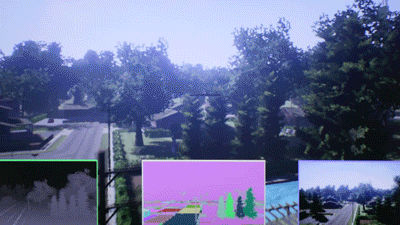
Microsoft researchers begin work on the Aerial Informatics and Robotics Platform (AirSim), an open-source robotics simulation platform that designers can use to generate the massive datasets required to train ground vehicles, wheeled robotics, aerial drones and other devices – without costly real-world field operations.
Hybrid Reward Architecture wins Ms. Pac-Man
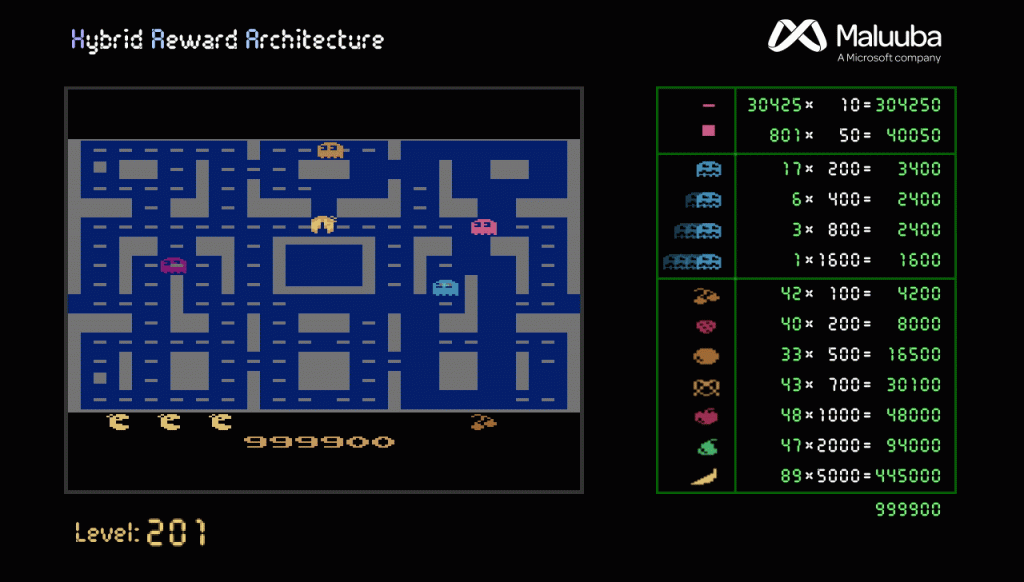
The Hybrid Reward Architecture project is established, combining standard reinforcement learning techniques with deep neural networks, with the aim of outperforming humans in Arcade Learning Environment (ALE) games. It achieves a perfect score on Ms. Pac-Man.
-
2018
Bonsai: RL for autonomous systems
Microsoft acquires (opens in new tab) Bonsai, which developed a novel “machine teaching” approach, based on reinforcement learning, that abstracts its low-level mechanics. This enables subject matter experts to specify and train autonomous systems to accomplish tasks, regardless of their AI experience.
Teaching agents language, decision-making using games
- Download TextWorld
Microsoft Research Montreal researchers introduce TextWorld, an open-source, extensible engine that generates and simulates text games. This can be used to train reinforcement learning agents to learn skills such as language understanding and grounding, as well as sequential decision-making.
-
2019
Microsoft launches Azure Cognitive Services Personalizer
Microsoft researchers establish the Real World Reinforcement Learning project, with the goal of enabling the next generation of machine learning using interactive reinforcement-based approaches to solve real-world problems.
One result of this work is the Azure Cognitive Services Personalizer, built on Microsoft Research’s Custom Decision Service and also supported by Vowpal Wabbit. In addition to its availability to the developer community, it is used by many teams at Microsoft, including Xbox, MSN, Microsoft.com and the Experiences & Devices division.
Game of Drones competition
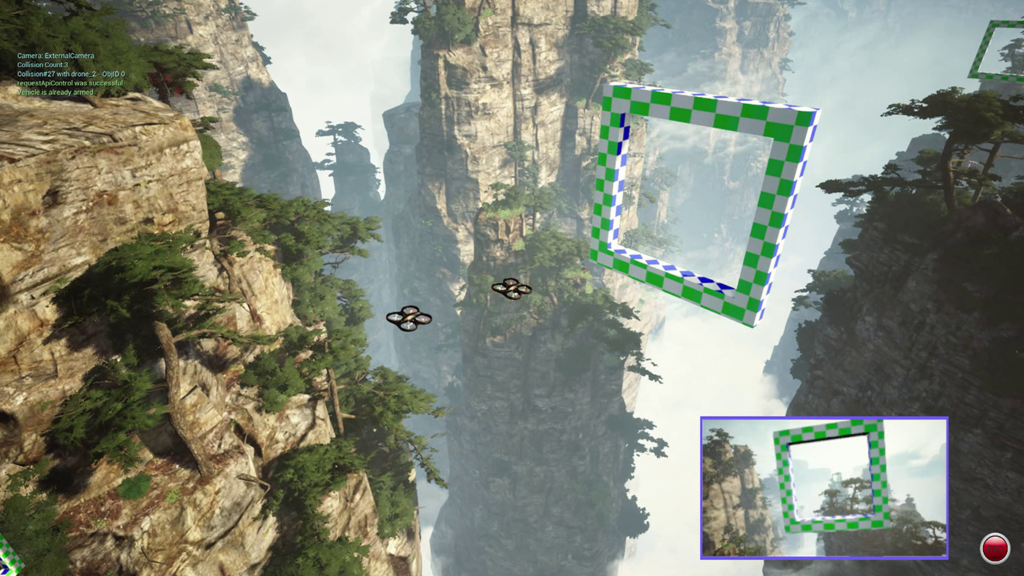
At NeurIPS, Microsoft researchers host the first “Game of Drones” competition, in which teams race a quadrotor drone in AirSim to push the boundaries of building competitive autonomous systems. The competition focuses on trajectory planning and control, computer vision, and opponent drone avoidance.
Project Paidia established
Microsoft Research Cambridge and game developer Ninja Theory establish Project Paidia, to drive state-of-the-art research in reinforcement learning aimed at novel applications in modern video games. Specifically, its early work focuses on creating agents that learn to collaborate with human players.
Also in 2019:
- Airsim is released on the Unity platform.
- Microsoft holds its first MineRL competition on sample-efficient reinforcement learning, in which participants attempt to mine a diamond in Minecraft using only four days of training time. The top solutions are recounted in this 2020 paper.
Suphx uses RL to outperform human players in Mahjong
Mahjong is a popular multi-player imperfect-information game, but it is very challenging for AI research due to its complex playing/scoring rules and rich hidden information. In 2019, Microsoft researchers designed Super Phoenix (Suphx), an AI for Mahjong based on deep reinforcement learning with some newly introduced techniques including global reward prediction, oracle guiding, and run-time policy adaptation. Suphx has demonstrated stronger performance than most top human players in terms of stable rank and is rated above 99.99% of all the officially ranked human players in the Tenhou platform. This is the first time that a computer program outperformed most top human players in Mahjong.
-
2020

At Microsoft Build, the company makes Project Bonsai available for public preview (opens in new tab), and introduces the Moab robotics platform for developers to test its capabilities.
-
2021
Microsoft will host its third Reinforcement Learning Day event in January 2021. This virtual workshop will feature talks by a number of outstanding speakers whose research covers a broad swath of the topic, from statistics to neuroscience, from computer science to control. A key objective is to bring together the research communities of all these areas to learn from each other and build on the latest knowledge.
Podcast: Malmo, Minecraft and machine learning with Dr. Katja Hofmann
Podcast excerpt: “I look at how artificial agents can learn to interact with complex environments. And I’m particularly excited about possibilities of those environments being ones where they interact with humans. So, one area is, for example, in video games, where AI agents that learn to interact intelligently could really enrich video games and create new types of experiences. For example, learn directly from their interactions with players, remember what kinds of interactions they’ve had and be really more relatable and more responsive to what is actually going on in the game and how they’re interacting with the player.” Katja Hofmann, Principal Researcher, Microsoft Research Cambridge.
Microsoft Research Asia applies RL to industry challenges
Through deep engagement with customers in logistics, telecommunications, finance and other industries, researchers at Microsoft Research Asia worked to abstract many of their business tasks as a common sequential decision-making problem with interactive objects and large-scale optimization space. This led to a unified service, powered by multi-agent deep reinforcement learning, designed to respond to customers’ requests for AI solutions.
This unified service consists of a cooperative policy learning framework with pre-trained heterogeneous representations and an optimization framework for graph sampling over imbalanced data. Customers have applied this service to successfully solve their real-world problems, such as resource repositioning, capacity provisioning, and portfolio rebalancing.



